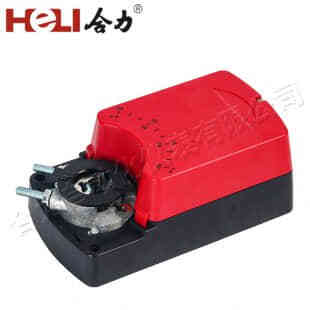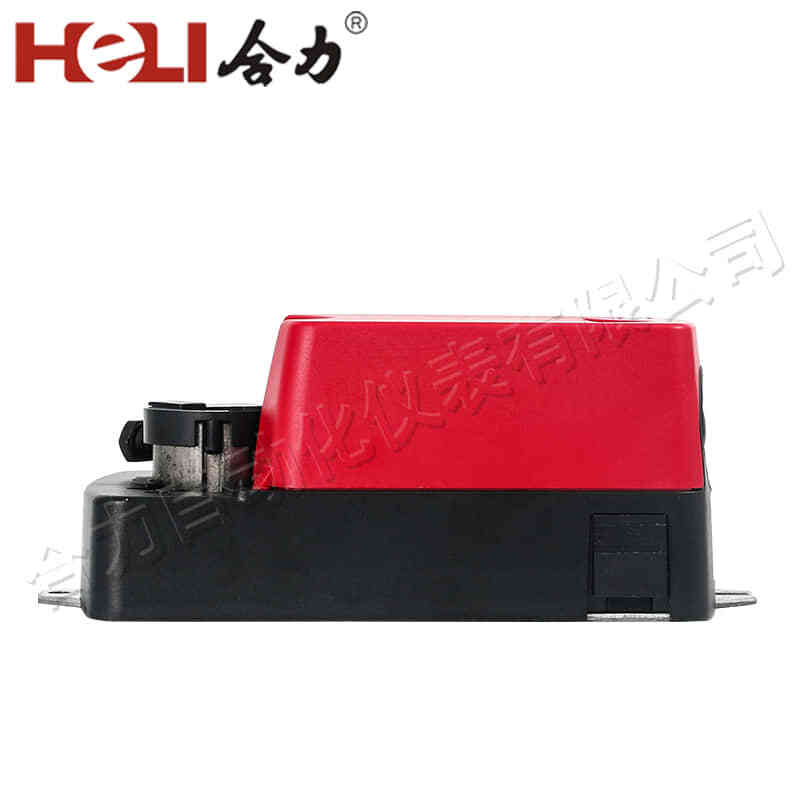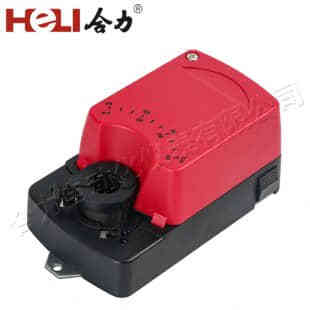A damper actuator is an essential component in many mechanical systems, particularly in the heating, ventilation, and air conditioning (HVAC) industry. Its primary function is to regulate the airflow within ducts and ventilation systems, ensuring that air is distributed efficiently across buildings or machinery. These devices play a crucial role in controlling air pressure, optimizing energy use, and maintaining comfortable indoor environments. This article explores the working principles, types, and applications of damper actuators, providing insights into their importance in modern systems.

What is a Damper Actuator?

A damper actuator is a mechanical device that controls the movement of dampers. Dampers themselves are adjustable plates or valves found in ducts, chimneys, or air handling units, and their role is to regulate the flow of air or gas. The actuator is responsible for opening, closing, or modulating the damper’s position to control the airflow according to system requirements. In HVAC systems, dampers are used to control air distribution, prevent system overloads, and balance the airflow between different areas. Damper actuators ensure that these dampers adjust according to changes in air pressure, temperature, or system demand.

Leave a Reply